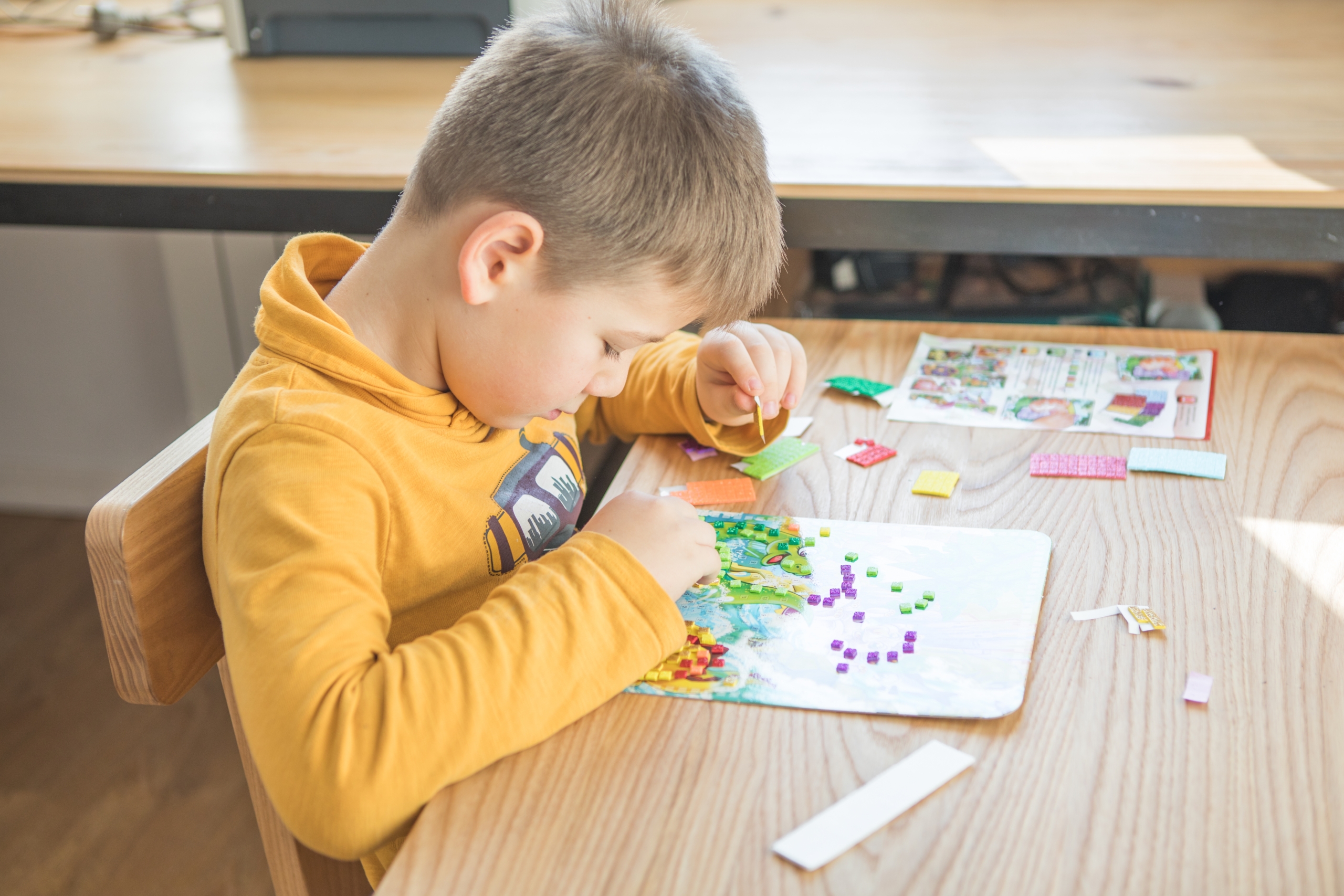Although the return to school is often keenly anticipated by parents exhausted by entertaining children and negotiating with teenagers, it’s also a transition point that can cause significant stress. Here we discuss some of the common concerns we’ve heard from families, including those families whose children have special educational needs and/or disabilities (SEND), and suggest cheap and easy back to school solutions, tips and hacks to help out wherever possible.
Our free FamilyLine support service receives a significant number of calls about education and, of course, the financial requirements that can accompany schooling mean that for many families the stress of money and school are intertwined. Many calls are also from families of children with SEND. With that in mind let’s dive into some common concerns about schooling – both financial and otherwise – and address them.
Can I get help with the cost of uniforms?
The cost of school uniforms is not to be taken lightly, with House of Commons research published this year concluding that the average cost of compulsory school uniform and sportswear items was £101.19 per pupil.
Although, as the research notes, these don’t always need to be replaced every year this still represents a significant cost for struggling families.
If you find yourself unable to meet the cost of providing uniforms for your children then your first port of call should be your local education authority (LEA), which has programmes in place to assist people. You can find your LEA here
What about the cost of feeding my children at school?
All children in infant schools receive free school meals, but older children might be able to get free school meals if you receive any of the following benefits:
- Income Support
- Income-based Jobseeker’s Allowance
- Income-related Employment and Support Allowance
- Support under Part VI of the Immigration and Asylum Act 1999
- The guaranteed element of Pension Credit
- Child Tax Credit
- Working Tax Credit run-on
- Universal Credit
If this is the case you can apply for free school meals here, but we’re aware that not all families struggling to feed their children will meet these criteria. You might also want to consider looking into whether Family Action runs a Food On Our Doorstep program in your area. These programmes allow you to purchase heavily discounted food, aiming to support working families to make ends meet. Finally, you might also want to consider these high quality, low cost packed lunch recipes, which we created with the help of Bacofoil. You might also want to view our Instagram Live, which focuses on questions families have about food, answered by our experts.
Is there a simple way of measuring my child’s feet for school shoes?
For many parents shoe shopping requires a costly trip out to the shoe shop to measure their child’s feet and buy school shoes.
If this is something you struggle with then you can save some of the hassle by downloading the free paper gauge published by shoe manufacturer Startrite here. You’re under no obligation to buy their products, but this should help you to save costs by allowing you to shop online for a bargain.
“I dread taking my boys into town to get their feet measured. They get so tired and grouchy queuing and waiting and I inevitably spend more than I intended just to ensure we have a nice day”
My child has special educational needs and/or disabilities. Do you have any advice for helping with returning to school?
Family Actions’ experts from across our services helped us to write this useful guide for families of children with SEND, which addresses many of the questions parents ask, such as managing transitions between schools and year groups and getting the right documentation in place beforehand.
Will my children need to wear facemasks?
The government has now withdrawn the requirement for facemasks in all education settings. It continues to recommend that they are worn in enclosed and crowded spaces where you may come into contact with people you don’t normally meet – such as on public transport and dedicated transport to school or college. In the case of a local outbreak, it may also be re-introduced on a case-by-case basis, but, in this case, your education setting will advise you accordingly.
My children are moving from pre-school or nursery to “big school” and I’m worried they might struggle to adapt… do you have any advice?
We’ve also published an article addressing exactly this question. Take a look to find out all about what “school readiness” means, and how we can support children to be school-ready.
How do I find out if my child is happy at school?
It’s a good idea to set aside a short amount of time after school to discuss how your child’s day went with them.
You don’t have to be specific, as asking a general question can easily open the door to a wider conversation. If they ask you a question and you don’t know the answer don’t worry; you can always reassure them that even though you don’t know now you will find out the answer later.
Here are some good conversation starters:
- ”How’s school been?”
- ”What did you study/learn about today?”
- “Who did you play/hang around with today?”
- “Did you get up to anything fun today?”
- ”What’s the best bit about school?” (follow this with “what’s the worst thing”)
- ”If you could change one thing about school what would it be?”
Some children might dislike being the centre of attention during these discussions. If this is the case try playing a game or doing an activity together and dropping it in with other questions about their interests. It can also help to enlist the help of a beloved aunt, uncle or grandparent if your child seems like they don’t want to share with you for any reason.
How to manage children’s worry
Guatemalan culture has a tradition of giving children “worry dolls” – small dolls they could assign their worries to, and place under their pillows a night. This tradition goes back to the Mayans and is still a smart tactic today! A good way to manage the worries of children is to encourage them to defer their worries and schedule a time to focus on them. Those of us with anxiety will know that often what feels catastrophic can feel much less so given time – how many of us can truly remember our fears from school now, for instance? By deferring worry we contain it and often find that it’s less distressing when the allotted time comes around.
As parents and carers, we should also aim to avoid providing excess reassurance to our children, as this can actually increase anxiety. Instead, try to encourage children to question their worries, and develop problem solving skills, as this helps to develop their tolerance of uncertainty – a skill that will serve them well later in life.
For more tips about preparing children emotionally read our article about tackling complex feelings about going back to school.
Childline also produce a calm aid kit for children that includes several innovative and different ways to manage anxiety and stress.
I am concerned that my child is experiencing mental health problems
Children’s mental health is often treated as a taboo subject, but information provided by the charity Nip in the bud shows that about one in ten children aged between five and sixteen are diagnosed with a problem every year, and about 75% of mental illnesses are thought to start before the age of 25. Their resources are invaluable for parents wishing to find out more.
If this information is useful to you consider sharing it with other families you know who might need support. Our free FamilyLine service is also available to provide a listening ear, answer particular parenting questions or help with guidance around more complex family issues.








